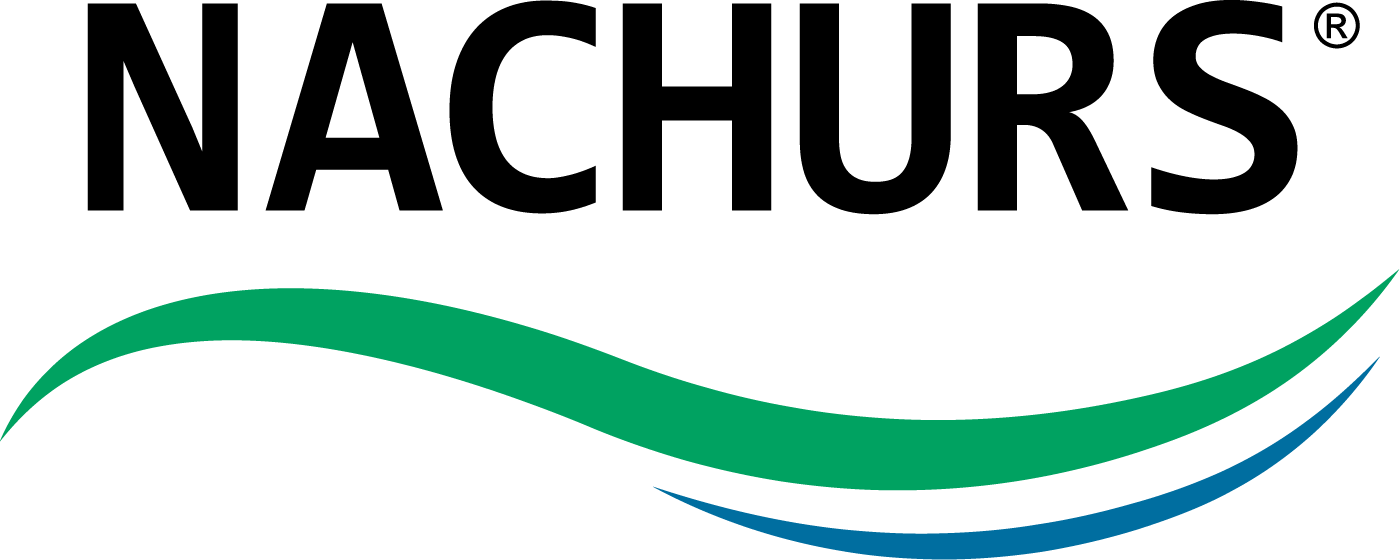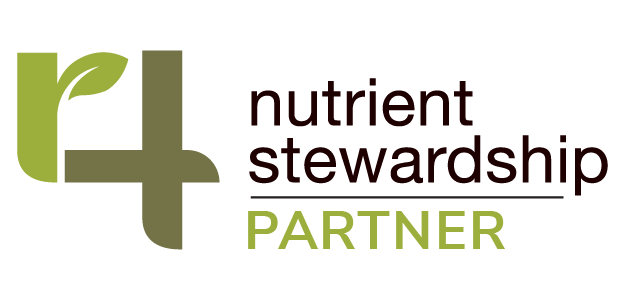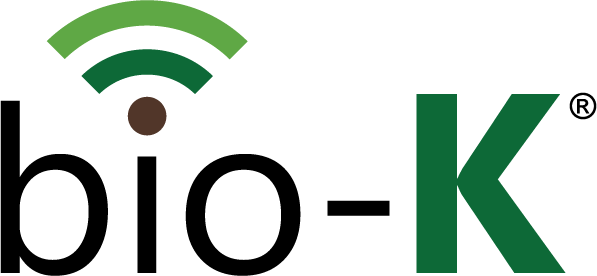NACHURS Rhyzo-Link solutions are a combination of high quality NPK liquid fertilizer with a contained microbial component for improved plant growth, greater root biomass, and elevated tolerance to biotic/abiotic stress, which all leads to increased yield. It also improves quality traits of the crop it’s being used on (i.e. forage protein, tuber size, fruit firmness, etc.). By using this in-furrow at planting, it provides greater chance of root colonialization by beneficial bacteria (Bacillus ssp.) with known attributes and traits to promote sustainable plant growth and higher nutrient use efficiency.
The second option for improved sustainability practices in regards to plant fertility is with NACHURS Bio-K. I travel across all parts of North America presenting to various groups about the importance of potassium in plant nutrition. This includes growers of (but not limited to) almond, alfalfa, corn, soybean, turf grass, cane berries, watermelon, tomato, cotton, sugar beet, dry bean, and potato. When you think of plant nutrients, your mind most likely immediately goes to nitrogen. We all know that nitrogen is important, but potassium is just as important. What one does not realize is that many crops (some included above) take up more potassium than nitrogen. Nitrogen use in the U.S. has risen over the past 30 years while potassium use has declined. Crop yields have not risen at a proportional rate to that of nitrogen use. In fact, too much applied nitrogen will cause plants to decrease its uptake of potassium, which would have a dramatic effect on the plants ability to fight off disease and drought stress. Over this same period of time, potassium content in the soil has decreased as well. This is due to higher yielding crops and low (or none) potassium application rates. This equates to lower nutrient use efficiency and overall plant performance as compared to what it could be with having adequate potassium levels.
Potassium is the only plant nutrient that does not become part of a specific plant structure and/or compound, as it remains in the fluid parts of the plant to serve in nutrient transport, ionic balance, enzyme/hormone activation, water relations, etc. The common disconnect for most people (farmers as well) is that most of the potassium is returned to the soil contained in stalks, leaves, fodder, stems, etc. Over time, these plant structures will decay and return nutrients to the soil for use by future plants. We also know exactly when plants require each nutrient and how it is partitioned in the plant. In order for a plant to function properly, potassium must be present and available when these uptake spikes take place. This is where the Right Sourcepart of the 4Rs comes into play.
Out of the three primary nutrients (nitrogen, phosphorus, potassium), potassium is the only one that has at least two dozen different choices to pick from for use as a plant nutrient. They all vary greatly in solubility, availability, salt content, efficiency, and deliquescence characteristics, just to name a few. NACHURS Bio-K combines all the aspects of a soluble, available plant nutrient coupled with the benefits of an organic acid (carbon), thus making a truly unique potassium acetate based compound. The organic acid portion of NACHURS Bio-K acts as microbial stimulant when applied to the soil, providing an available carbon source to support bacterial propagation and root colonization. In the plant, NACHURS Bio-K provides a base for many primary and secondary metabolites that aid in growth, moisture retention, wax deposition, oil production, osmotic relations, and many more functions. This all leads to a greater chance for the said plant to reach its given genetic potential.
These two new technologies from NACHURS are true definitions of what it means to provide sustainable plant growth and nutrient stewardship to help feed the world for future generations.







